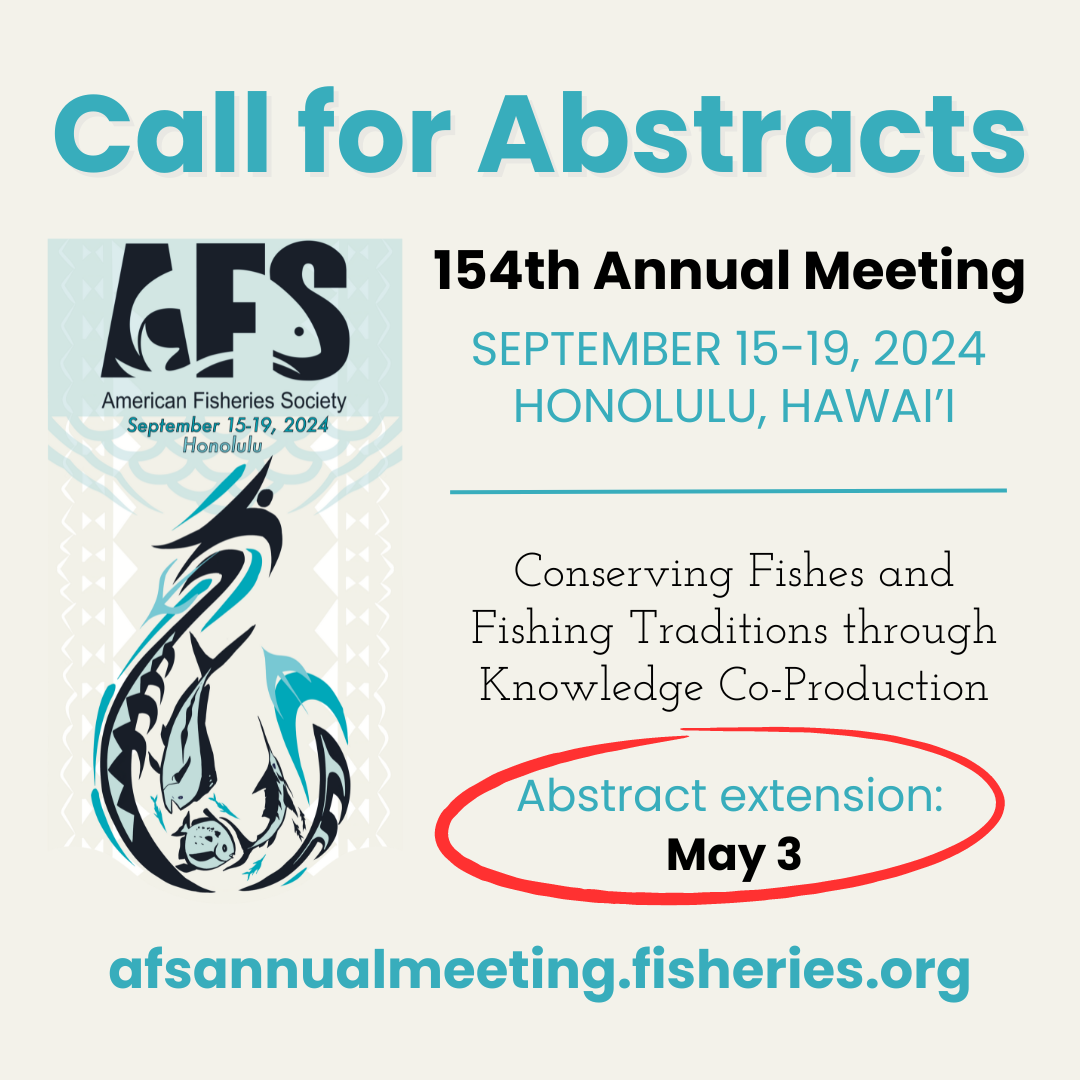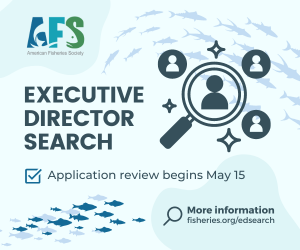Jeff Ruch | Executive Director, Public Employees for Environmental Responsibility (PEER), 962 Wayne Avenue, Suite 610, Silver Spring, MD 20910. E-mail: [email protected]
It is said that everyone is entitled to his own opinion but not to his own set of facts. This statement is often not true in government. As we enter the Trump presidency, the ability of officials to order up customized facts—including “alternative facts”—should be a matter of growing concern to both scientists and citizens alike.
Unfortunately, the legal foundation built up in recent years for protecting the integrity and accuracy of scientific and technical data remains shaky and uneven. Without considerable structural reinforcement, this emerging body of law may not be able to withstand the challenges it may soon face.
Manipulation of scientific findings to fit policy agendas has gone on for generations, but in recent years it has drawn greater public and political attention. Political suppression and alteration of federal science during the George W. Bush years had become a widespread practice, as documented in numerous congressional hearings and critical reports (Ruch 2007).
These well-publicized rewrites of science, on topics ranging from climate change to birth control, during the Bush era induced President Obama, as one of his early actions in 2009, to foreswear political manipulation of science and direct all science-related agencies to develop scientific integrity policies (The White House 2009). These policies were supposed to prohibit alteration or suppression of scientific or technical work, guarantee transparency in developing and presenting scientific work, and extend “additional [and] appropriate whistleblower protections to scientists.”
This latter step was needed because government scientists often did not qualify as whistleblowers under terms of the Whistleblower Protection Act since they typically were not disclosing violations of law, rule, or regulation or waste, fraud, or abuse. Instead, scientists were addressing technical research topics and disclosing things such as skewed methodologies, excised findings, denial of permission to submit a manuscript for peerreviewed publication, or other matters in which there were few legal limits on agency discretion.
The Whistleblower Protection Enhancement Act of 2012 (Public Law 112-199) for the first time extended legal protection to federal employees who report “censorship related to research, analysis, or technical information” provided that it constitutes a “violation of law, rule, or regulation” (see 5 U.S.C.§2302(a)(2)). Thus, even after the enactment of this law, absent a rule violation, scientists would still enjoy little protection for their participation in the scientific enterprise itself.
The White House Office of Science and Technology Policy (OSTP) was tasked with ushering in these new policies. Unfortunately, the resulting guidance to agencies from OSTP, despite being months overdue, was distressingly vague (Holdren 2010). By assuming a purely passive posture in which it would not critique, let alone block, any agency policy for being too weak or incomplete, OSTP in essence told the agencies to do what they wanted (PEER 2013a). The predictable result was agency policies
that vary widely in scope and rigor. Lack of transparency and independence also remain glaring concerns. Further, the consequences of scientific misconduct are largely undefined because agencies are tasked with self-enforcement, with no incentive to police their own transgressions (PEER 2016).
The U.S. Environmental Protection Agency (USEPA) is a good example of how uneven implementation of the Obama scientific integrity directive has been. Despite being at the center of numerous political controversies concerning its scientific work, the USEPA scientific integrity policy still lacks any formal procedures for receiving or resolving allegations of scientific misconduct (USEPA 2012). It also still has no timetable for adopting
- any protections for USEPA employees “who express a differing
scientific opinion, from retaliation or other punitive actions,”
as specified by the policy;
- consistent clearance procedures so that all USEPA scientists
know when and through what means they are allowed to submit
scientific works for publication; and
- any media protocol spelling out when scientists may respond
to press inquiries or interview requests or publicly discuss their
findings on official time (PEER 2015).
These gaps are not mere details—they are the fundamental elements of what the policy is supposed to address.
Nor is USEPA an outlier. The U.S. Department of Agriculture (USDA) Scientific Integrity Policy, for example, has a provision barring publication of any scientific work reflecting on any federal policy:
… scientists should refrain from making statements
that could be construed as being judgments of or recommendations
on USDA or any other federal government
policy, either intentionally or inadvertently (USDA 2013).
This provision strongly implies that science is tolerated at USDA only when it has no policy implications. The USDA further took the formal position that it was not obligated to even review formal rulemaking petitions urging it to strengthen its Scientific Integrity Policy because that policy only affected its “internal personnel rules and practices” and was therefore exempt from the notice and comment process normally required of agency rules on matters of concern to the general public (Wotecki 2015).
Thus, though most all of the federal science-based agencies now have scientific integrity policies, the lack of White House follow-up has meant that little has actually changed in agency practice. Though a 2015 Union of Concerned Scientists survey of scientists in four federal agencies found some marginal improvement in perception of practices since the adoption of scientific integrity policies (Union of Concerned Scientists 2015), federal scientists seeking legal assistance from Public Employees for Environmental Responsibility (PEER) on matters relating to scientific integrity report little change in practice from the Bush years.
Although each agency policy is different, the cases in the PEER docket reflect a reflexive pattern of official reluctance to launch any corrective process with the potential to publicly embarrass political appointees or managers. Nor have we witnessed any actions that meaningfully challenge the traditional prerogatives of the chain of command.
We see this pattern manifest not only in case outcomes but in the black letter of the policies themselves, which typically
Do not ensure independent review of scientific misconduct complaints. The Department of Interior (DOI) agencies, for example, assign a midlevel manager the collateral duty of serving as “scientific integrity officer.” This arrangement requires the designated officer to cast a bureaucratic profile in
courage should he find his own management culpable. In one instance, for example, the U.S. Bureau of Land Management designated an official from its Fire and Aviation Directorate to investigate complaints of scientific misconduct. He decided that a detailed and highly embarrassing complaint about the agency directing scientists to avoid even considering commercial livestock impacts in assessing rangeland health did not merit any investigation and he dismissed the complaint out of hand (Brueggman 2013). In this same vein, the scientific integrity officer for the U.S. Bureau of Reclamation, Paul Houser, found himself abruptly terminated after he complained about the Secretary’s press office rewriting and cherry-picking scientific findings (Houser 2012). PEER represented Houser and obtained a settlement of a whistleblower claim he filed in response to the termination. Houser’s scientific integrity complaint was ultimately also dismissed with a finding from the scientific integrity officer for the DOI (also filled as a collateral duty assignment) that confirmed the substance of the complaint but concluded that blatant admitted inaccuracies and critical omissions did not constitute scientific misconduct and, therefore, the complaint did not merit an investigation (PEER 2013).
Require that complaints of scientific misconduct be
handled confidentially. For example, the National Oceanic and Atmospheric Administration will dismiss a complaint if the complainant discloses its existence (Rago 2012). At the U.S. Fish and Wildlife Service (USFWS), it has taken the threat of litigation by PEER under the Freedom of Information Act (FOIA) to force release of completed, though redacted, scientific integrity investigation reports in the very few cases that have reached this stage (Strayhorn 2014). Meanwhile, USDA recently adopted rules for handling appeals of dismissed scientific misconduct complaints that take the position that review panel findings are exempt from FOIA because they are “deliberative” in nature even after they are finalized (USDA 2015). It is problematic for scientific integrity policies that are, among other things, intended to increase public confidence in agency science to keep those processes secret from the public. At the same time, this stance hardly inspires confidence from agency scientists who must rely upon a scientific integrity review that allows no scrutiny.
Lack any follow-up mechanism. In the USFWS, three different investigations confirmed scientific misconduct by two managers in the Tulsa, Oklahoma, field office. In spring of 2013, three separate scientific review panels each unanimously found these two managers guilty of scientific misconduct in three separate cases involving (1) overriding their scientific experts to adopt an inaccurate map based upon a flawed model that significantly shrank the range of an endangered species in order to facilitate the proposed route of the controversial XL pipeline; (2) rushing a non-peer-reviewed article into publication that “knowingly impeded” the original panel investigation;
and (3) improperly compromising scientists’ attempts to document pollution damage to aquatic wildlife from the outflow of a pipeline from a pharmaceutical manufacturer into Oklahoma’s Deep Fork River (PEER 2014). Despite those findings, no action was taken against the two managers (who subsequently left the agency voluntarily). Furthermore, the managers were allowed to engineer a series of disciplinary suspensions against the scientists who brought or testified in support of the complaints. Even the DOI Office of Inspector General filing a formal complaint (in the form of a “Management Advisory”) failed to prompt the director to discipline the responsible managers (Kendall 2013).
Perhaps most disappointing, after these review panels validated the USFWS scientists’ complaints in Tulsa, the DOI rewrote its scientific integrity policy to insert new roadblocks in the policy to make it more difficult to obtain findings that are adverse to agency management. Adding insult to injury, Interior made the 27 changes (all of which weakened the policy) with no public notice or opportunity for public comment as they went into immediate effect in December 2014 (PEER 2014a). Instead, the agency issued a disingenuous press release declaring that the obstructive changes were meant to strengthen the policy rather than weaken it (USDA 2014).
Notwithstanding all of these missteps, half-steps, and setbacks, the 2009 Obama directive and the subsequent policies are important and promising developments. For the first time, political manipulation of scientific work had been framed as a form of misconduct. In addition, scientific and technical work products gained a legal status protecting them, in theory at least, from alteration for nontechnical—that is, political—reasons.
Further, the mere existence of these rules means that scientists who report violations have bootstrapped their way into protected whistleblower status because they are now reporting a violation for conduct not previously prohibited. Through this channel, scientists have obtained formal rulings from the United States Merit Systems Protection Board (the federal civil service court system) that a scientific integrity complaint now falls squarely within the ambit of protected disclosures within the meaning of the Whistleblower Protection Act (U.S. Merit Systems Protection Board 2015). Thus, scientists now have a path, albeit a narrow one, leading to legal protection for doing their jobs even when that work is politically sensitive.
Indeed, the very uneven nature of the individual agency policies provides some traction for improvement. For example, if scientists in one federal agency have explicit permission to publish, it is hard for a sister agency to justify why it does not follow suit. To that end, PEER is pressing legal efforts to strengthen these scientific integrity policies and make them more uniformly potent (PEER 2015a).
These policies, however, are vulnerable and fragile. With the stroke of the pen, the Trump White House could rescind them in their entirety. Moreover, career pressures on agency scientific integrity officers may be even higher under a chief executive with a reputation for hypersensitivity to criticism, especially from within his own administration.
In response to this perceived threat, congressional legislation has already been introduced in the new session to give these scientific integrity policies some statutory basis, but prospects for ultimate passage are unclear at this early stage. Meanwhile, at the state level, two state whistleblower laws (Minnesota and Washington) provide some legal protection against retaliation for expression of reasonable expressions of scientific or other technical opinions. In California, legislation has been introduced in
the early months of 2017 to make federal scientific data available through state agencies and to protect federal scientists from reprisal via state licensure.
Putting all of these developments into perspective, it is notable that an entirely new body of law is being created to protect both scientists and their work. If it continues to develop, a distinct and substantial legal foundation will emerge. But until this process is complete, or nears completion, the ingrained habits of bending scientific work to serve management agendas will continue largely unabated.
The advent of the Trump administration signals the even greater importance of enforceable standards for promulgation and publication of scientific information free from political interference. It is unknown whether a solid enough substructure has been built to systemically improve the quality of federal decision making during what promise to be turbulent times. Nonetheless, in the coming months, the integrity of federal scientific work will be a growing source of public interest.
Members click below for the July 2017 Fisheries magazine’s complete issue. Non-members, join here.
This content is for members only. Please login.





